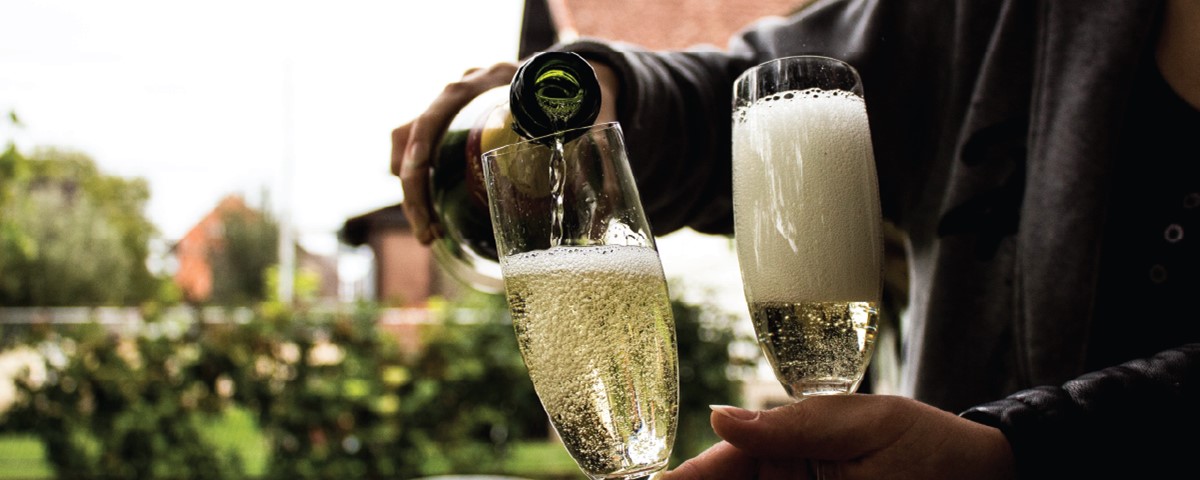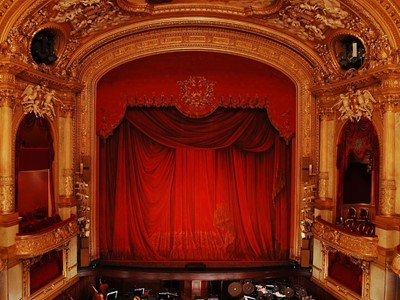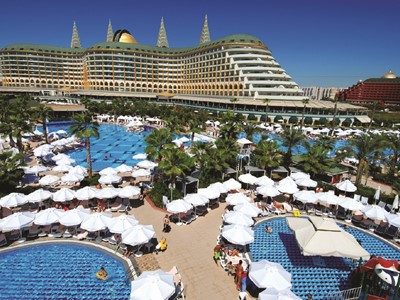
Prosecco, one of the most popular types of sparkling wine, is one of the most famous and popular sparkling drinks of Italy. Produced in the northeastern regions of Veneto and Friuli Venezia Giulia, Prosecco is made from Glera grapes. This sparkling wine has a sweet aroma and fascinates with its flavor. To fully experience what Prosecco has to offer, you must embark on a journey of eye, aromatic exploration and palate analysis.
How to Look Out for Visual Aspects?
A good prosecco stands out with its visual characteristics. Upon careful inspection, you can determine when the prosecco was produced and its quality by its color and smell. Especially color gives a lot of information about a good prosecco.
Prosecco's color palette ranges from pale straw to bright yellow. Fresher Proseccos tend to have a lighter hue, indicating freshness and a new vintage date. As it ages, prosecco's color deepens, indicating a transformation in flavor and possibly a richer body. The clarity and brightness of prosecco also says a lot about its quality; a clear, bright appearance is a sign of a well-made prosecco.
Foaminess can also tell you a lot about the quality of prosecco. Fine, robust bubbles that gracefully rise to the surface are the hallmark of high-quality Prosecco produced by the Charmat method, where secondary fermentation takes place in pressurized tanks. The vibrancy and longevity of the bubbles not only contribute to the visual pleasure, but also give a clue to the texture and aftertaste of the wine.
Aromas and Fragrance
The olfactory analysis or evaluation of a prosecco's aromas is a critical step in the tasting process that even precedes the act of tasting itself. Prosecco is known for its olfactory and aromatic profile, which can vary significantly depending on the grape variety, terroir and winemaking process.
The primary aromas in Prosecco are derived directly from the Glera grape and the vineyard itself. These aromas are typically fresh and fruity, with notes of green apple, pear, peach, apricot and citrus. Floral notes such as acacia, wisteria and rose may also be present, contributing to the fresh and inviting first impression of Prosecco.
Secondary aromas are the result of the fermentation process. In Prosecco, these can include yeasty and bread-like notes that add new layers of flavor to the aromatic profile. These aromas are more subtle than the primary ones but are necessary to add depth.
Tertiary aromas develop as the wine ages and interacts with oxygen. Tertiary aromas are less pronounced for Prosecco, which is typically consumed young to maintain its freshness and effervescence. However, in some aged or higher quality varietals you may notice hints of honey, nuts and dried fruits.





